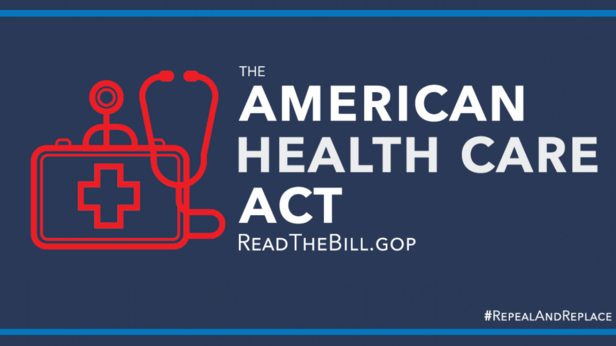
June 23, 2017
Guest Perspective by Ted Nickel
Wisconsin Commissioner of Insurance
The following column first appeared in the Independent Journal Review.
Individual markets across the country have evaporated or are rapidly moving towards a death spiral. Tragically, in Wisconsin we aren’t immune either. We have seen insurers leave the exchange, significantly reduce service areas and leave the individual market altogether.
Congress is attempting to solve this problem through repeal of Obamacare known as the American Health Care Act (AHCA). It provides a number of options including the ability for states to operate a high-risk pool or participate in a new federal invisible high-risk pool, which will offset high claims costs which currently increase rates for all consumers in the individual market.
My staff and I have spoken to members of Congress about the pre-Obamacare market in Wisconsin and our highly successful high-risk pool. Here’s what we tell them.
Prior to the ACA, Wisconsin consumers could choose from over 20 individual insurance companies offering coverage in our state. These included for-profit and not-for-profit companies; HMO’s and PPOs; and local and national insurers. There were a variety of plan options to meet a range of coverage needs.
While these plans were underwritten, individuals denied coverage would receive coverage from Wisconsin’s high-risk pool known as the Health Insurance Risk Sharing Plan (HIRSP). HIRSP provided Wisconsin consumers with peace of mind by providing high quality, comprehensive coverage to over 20,000 of our friends and neighbors.
Unlike the current ACA market where most people must wait until open enrollment to purchase coverage, consumers could enroll in HIRSP at any time. There were no pre-existing condition limits for people signing up for coverage if they had prior coverage. If consumers had no prior coverage, they would receive coverage for most conditions, but had to wait six months for pre-existing conditions.
In contrast, with Obamacare you may have to wait up to 11 months for any coverage if you miss open enrollment.
Once enrolled in HIRSP, consumers chose from a variety of benefit plans including both high and low deductible plans. While Obamacare plans are criticized for having narrow networks, there were no network limitations for HIRSP; members were able to visit any medical provider in our state and receive coverage when traveling outside of Wisconsin. Subsidies were also available to offset premiums, deductibles and prescription drug out-of-pocket maximums for low-income members.
HIRSP benefit and administrative costs were funded by member premiums and contributions from insurers and providers. No state dollars were needed to support this program.
Though not perfect (no program is), HIRSP was well-run and kept the needs of its members a priority and was structured in a way which allowed sufficient flexibility to address member needs and respond to evolving market dynamics. Former members of HIRSP continue to call legislative offices requesting a reinstatement of this program.
AHCA provides a strong starting point for implementing a HIRSP 2.0 utilizing federal dollars to ensure affordable and accessible coverage for all individuals with pre-existing conditions.
Critics of AHCA are quick to claim the bill will provide no coverage for any pre-existing conditions and high-risk pools will literally kill people. AHCA specifically states, “Nothing in this Act shall be construed as permitting health insurance issuers to limit access to health coverage for individuals with pre-existing conditions.
The Affordable Care Act (ACA) is falling apart. One third of US counties have only one health insurer offering coverage on the federal exchange. Last year, Tennessee indicated its market was very near collapse, and it hasn’t gotten any better. Currently, no health insurers in Iowa will be participating on the exchange. Minnesota is planning on spending $800 million tax dollars just this year to shore up its individual market. Alaska is spending its entire premium tax to keep their one health insurer in the market.
This is not sustainable. If insurers cannot remain viable in the individual market due to Obamacare rules and fees, consumers will not have health insurance products available for them to purchase.
Standardized federal market rules have stifled innovation and fail to take into account the diversity of markets across the country. State flexibility is necessary to address state specific health care coverage needs and market dynamics.
The ACA is in trouble, but with AHCA help is on the way to stabilize insurance markets and return access to affordable health insurance choices for consumers. It is the failure of Obamacare which is going to leave people without coverage. This failure created an individual market not viable either in the short term or long term.
As a state insurance regulator responsible to Wisconsin consumers, we need solutions now.
Ted Nickel is the insurance commissioner for the state of Wisconsin.